In order to ensure highly availability of the namespaces It is a good practice to have multiple servers that holds DFS Namespaces. It is a common practice to add DFS Namespace role to existing servers (for example Domain Controllers or existing File Servers) but Contoso’s administrators will use the best practice and they will use separated VMs that will hold all namespaces.
Design
- Sites
- Redmond (Headquarter with two DCs)
- cont1dfs0
- cont1dfs1
- Seattle (new office with a single DC)
- cont1dfs2
- Redmond (Headquarter with two DCs)
Install roles on DFS Namespace servers
# Install roles from a management server Install-WindowsFeature -ComputerName cont1dfs0, cont1dfs1, cont1dfs2 -Name FS-DFS-Namespace -IncludeAllSubFeature -IncludeManagementTools Get-WindowsFeature -ComputerName cont1dfs0 | Where-Object -Property Installed
Install Remote Administration tools on a management server
Install-WindowsFeature -Name RSAT-DFS-Mgmt-Con
Create DFS Namespace (done from a management server)
- New Namespace
- Select first server and later it will be possible to add more servers
- Type name
- Domain-based namespace in Windows Server 2008 mode (this is mean that old Windows Server 2000 / 2003 mode will not be used)
Add namespace server
Contoso’s admins will add more namespace servers to ensure highly-availability of the namespace.
Add Namespace folders
Now it is possible to add folders.
- New Folder
- Define name and add targets
- I will skip configuration of the replication because replication will be described in the following article but also I recommend to use this replication wizard that will simplify configuration of the replication.
- Now it is possible to access the share. Client is connected to the server according site where the client reside (if the File Server is running).

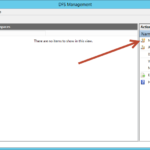
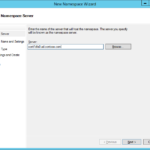
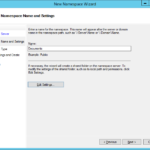
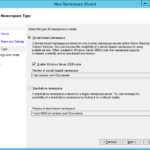
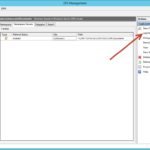
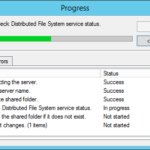
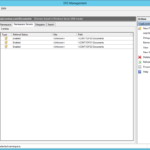
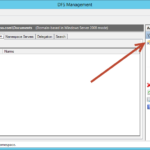
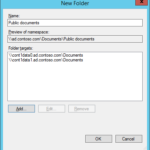
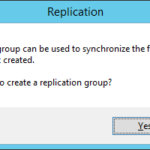
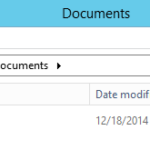
One response to “Building highly available shares, DFS namespaces and replication topology (DFS-R) – Part 3 – DFS Namespaces”
I’m sorry if I misunderstand, but are you suggesting having multiple DFSN servers that do nothing but DFSN? If that is the case, isn’t it a bit akin to suggesting that "best practices" for a file server would be to have a separate file server for each and every shared folder? After all, DFSN is essentially nothing but a file server. I may be mistaken, but I’m just not getting the idea that installing DFSN on (multiple) existing file servers would not be a best practice (though I do certainly see how putting DFSN onto a domain controller or app server would not be desirable).